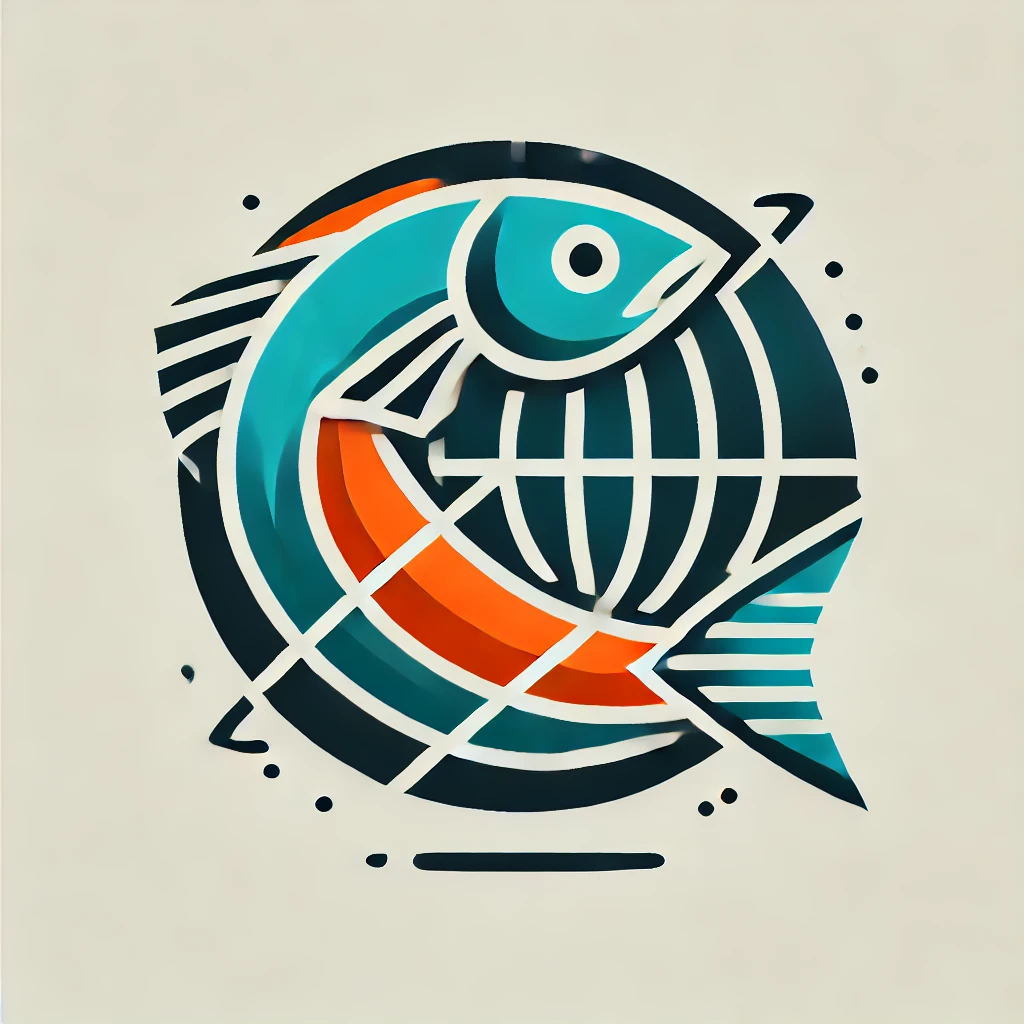Salmon Fishing Opportunities and Species in Spain
Spain, known for its diverse geography and rich cultural history, also offers a unique experience for anglers seeking to catch salmon. Although not traditionally known as a prime salmon destination like Norway or Alaska, Spain does have regions where salmon species thrive, especially in the northern parts of the country. For traveling anglers looking to combine a cultural holiday with exciting fishing adventures, Spain presents an intriguing and rewarding opportunity. The salmon fishing scene here is shaped by both natural river ecosystems and conservation efforts aimed at preserving this iconic fish species.
The most prominent salmon species found in Spain is the Atlantic salmon (Salmo salar). These fish make their way to Spanish rivers during their spawning migrations, particularly in the region of Asturias. The rivers Narcea, Sella, Cares, and Eo are well-known among anglers for their historical and current populations of Atlantic salmon. These rivers flow into the Bay of Biscay and provide the ideal conditions for salmon to return from the ocean to spawn. The fishing season for salmon in Spain typically runs from March to July, with the peak often occurring in May and June when water temperatures and flow levels are optimal.
Where to Fish for Salmon in Spain
Northern Spain is the primary region where salmon fishing takes place, especially in the autonomous communities of Asturias, Galicia, and Cantabria. These regions are not only picturesque, with lush green landscapes and rugged coastlines, but they are also home to rivers that support the life cycle of Atlantic salmon. The River Sella, in particular, is internationally renowned for hosting the annual “Descenso del Sella” canoe race, but it is also a favorite among salmon anglers. In addition, the River Eo, which borders Asturias and Galicia, is a designated biosphere reserve and offers pristine fishing conditions.
Fishing in these rivers is strictly regulated to ensure the sustainability of salmon populations. Most rivers have catch limits and require anglers to obtain fishing licenses and permits. In many cases, anglers are only allowed to use traditional fishing methods such as fly fishing or spinning with barbless hooks. Catch-and-release practices are increasingly encouraged, especially for larger breeding fish, to help boost salmon numbers. Tourists interested in salmon fishing in Spain should plan well in advance, as prime fishing dates and permits can be limited.
The Status of Salmon Populations in Spain
Salmon populations in Spain have faced numerous challenges over the past decades due to overfishing, habitat degradation, and climate change. Industrial development and damming of rivers have disrupted the migratory routes of salmon, leading to a sharp decline in their numbers during the late 20th century. However, in recent years, both governmental and non-governmental organizations have taken steps to restore and conserve salmon habitats. Initiatives such as removing river barriers, implementing restocking programs, and improving water quality have begun to show positive results in some rivers.
Despite these conservation efforts, the Atlantic salmon is still considered a vulnerable species in Spain. Annual catch records show fluctuating numbers, and while there has been some recovery, the species is not yet secure. Anglers who travel to Spain to fish for salmon should be aware of the ecological sensitivities and actively participate in responsible fishing practices. Local guides and fishing outfitters often provide important education on how to minimize environmental impact while enjoying a productive day on the water.
Best Times and Techniques for Salmon Fishing in Spain
The prime salmon fishing season in Spain coincides with the spring and early summer months, generally from March through July. Water temperatures during this period rise gradually, encouraging salmon to move upstream. The early part of the season is often favored by experienced anglers looking to catch the first-run salmon, which are typically the largest and most vigorous. Fishing conditions can vary depending on rainfall and river flow, so flexibility and local knowledge are key to a successful trip.
Fly fishing is the most traditional and widely accepted method for catching salmon in Spain. Anglers often use wet flies, nymphs, or streamers depending on the river conditions and the behavior of the fish. Spin fishing is also permitted in many areas, especially for less experienced anglers, but it is subject to regulation. Many regions require the use of single, barbless hooks and prohibit live bait to reduce harm to the fish. Hiring a local guide can be highly beneficial, especially for those unfamiliar with the terrain or local fishing laws.
Cultural and Natural Attractions for Anglers
One of the unique advantages of salmon fishing in Spain is the opportunity to immerse oneself in local culture while enjoying world-class natural beauty. Northern Spain is dotted with charming villages, historic towns, and rich culinary traditions. Anglers can explore regional dishes like Asturian fabada, Galician seafood, and artisan cheeses after a day on the river. Many riverside towns host local fishing festivals and events during the fishing season, giving travelers a chance to experience the strong cultural ties to the river and its fish.
Beyond fishing, these regions offer hiking trails, nature reserves, and scenic coastal areas perfect for exploration. The Picos de Europa National Park, located near the River Sella, offers dramatic mountain landscapes and is home to diverse wildlife including bears and wolves. Combining a fishing trip with outdoor adventures or cultural tourism makes Spain a compelling destination for anglers who seek a holistic travel experience. Whether visiting for the thrill of the catch or the serenity of the landscape, Spain's salmon fishing scene offers more than meets the eye.

